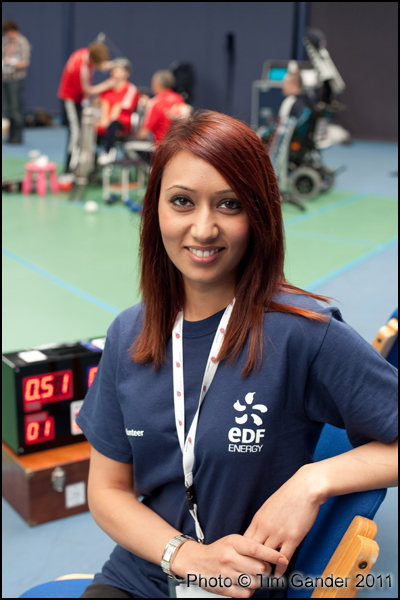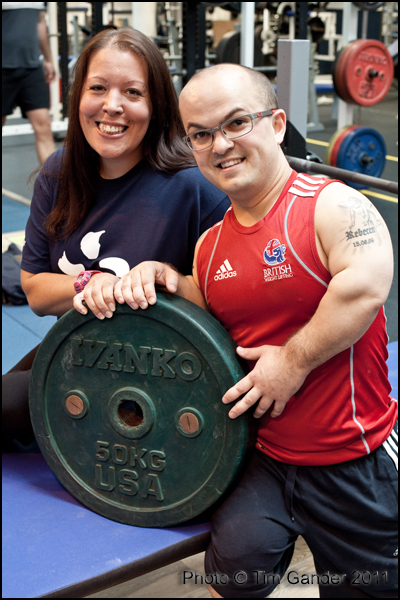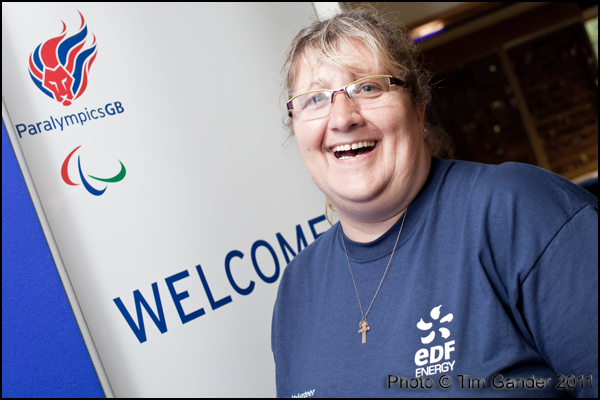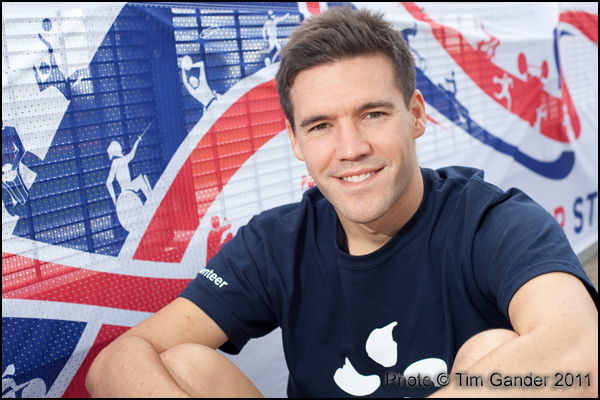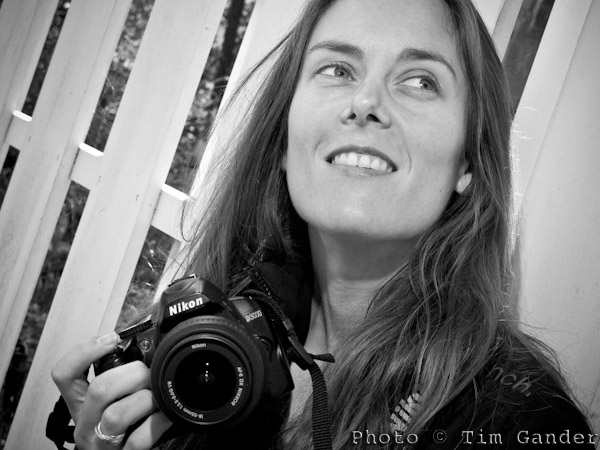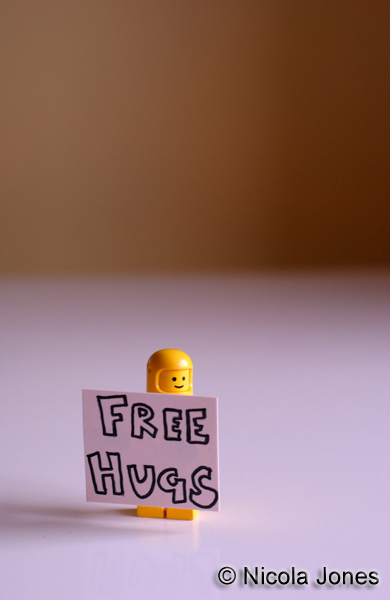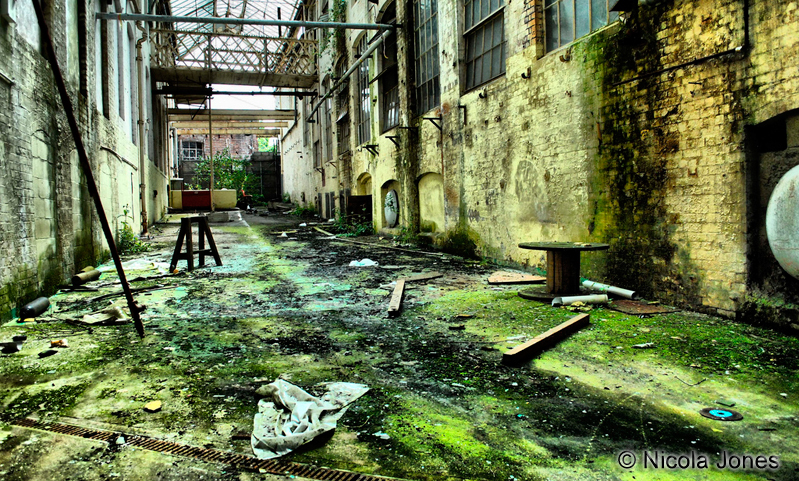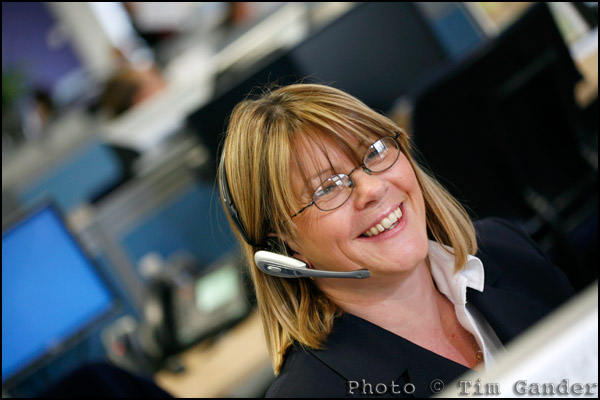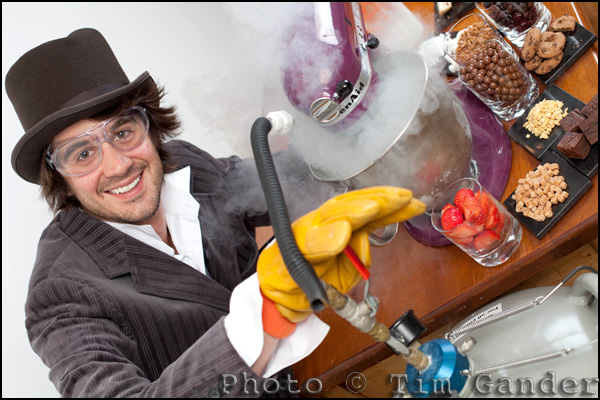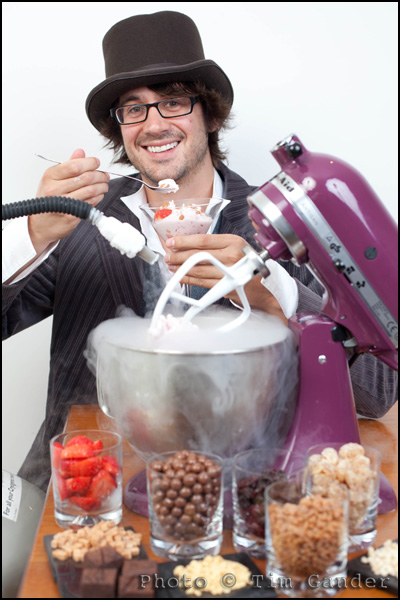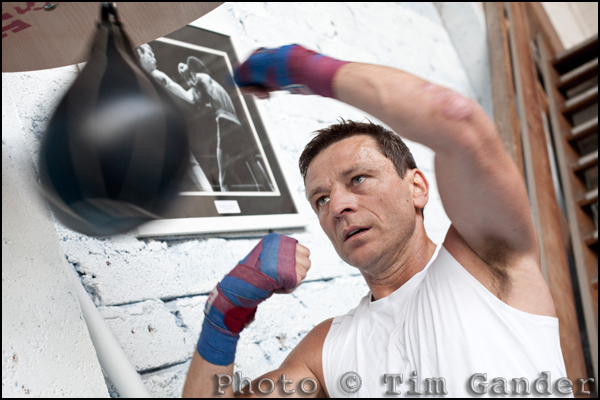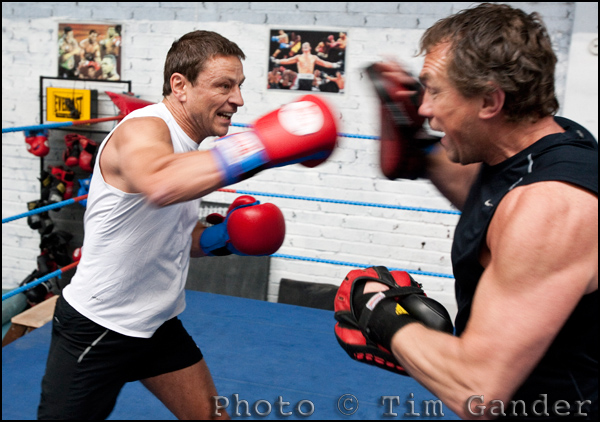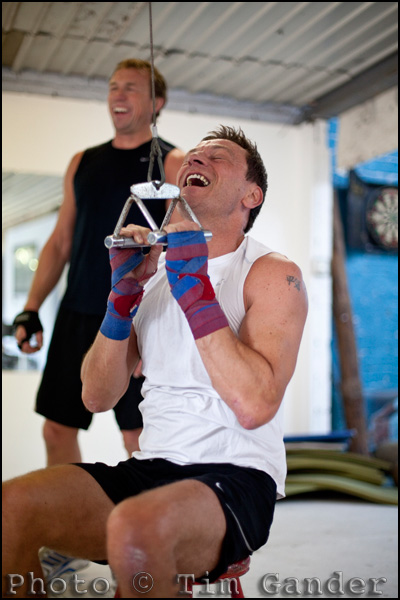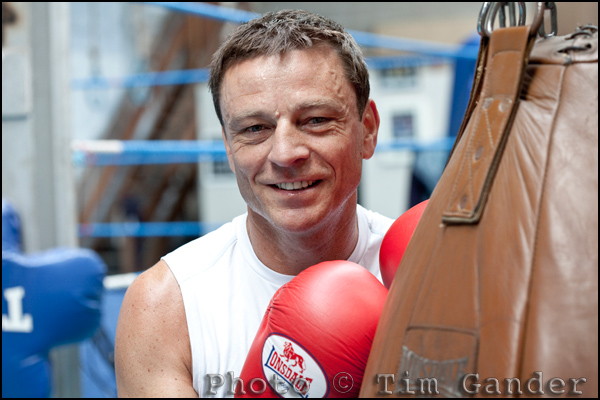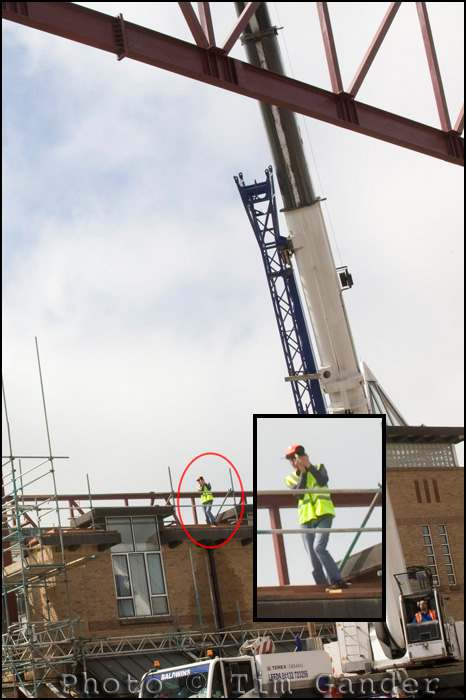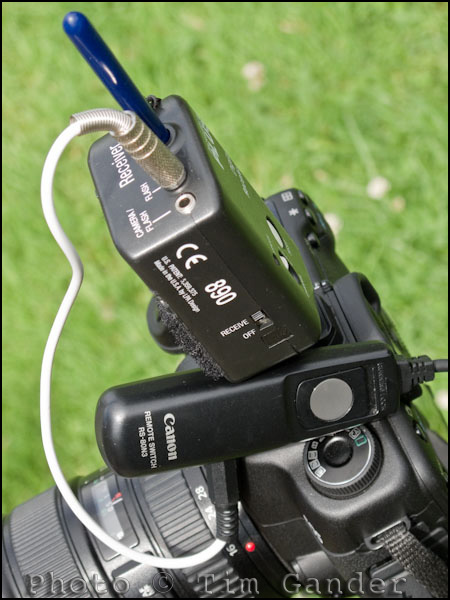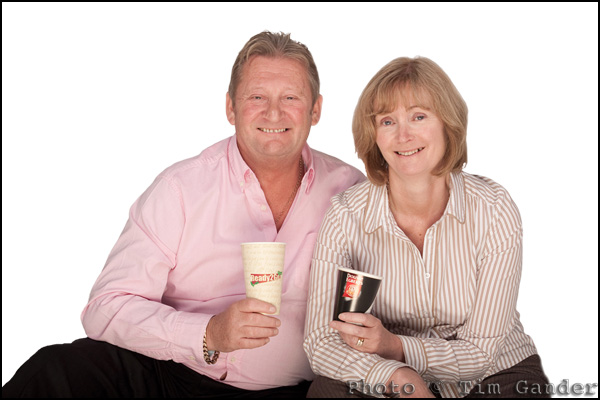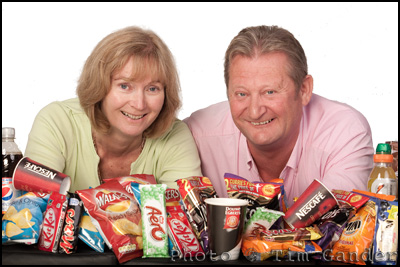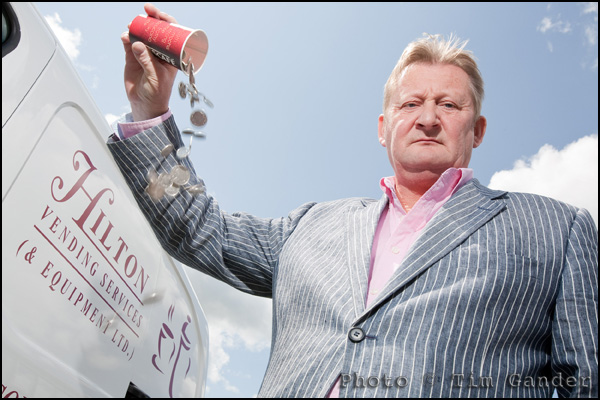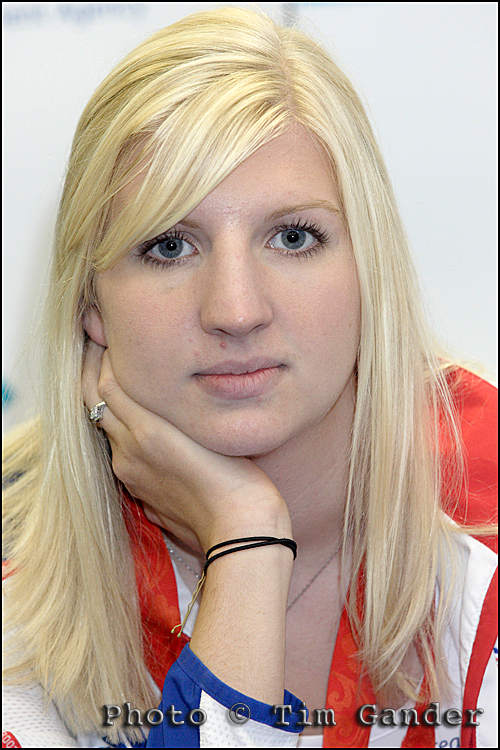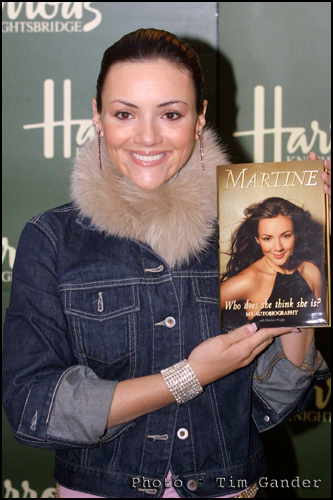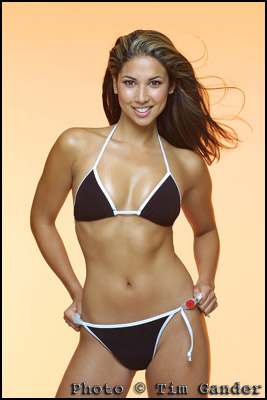Although I still take the occasional magazine assignment, I don’t deal directly with newspapers as often as I used to, their rates being low to non-existent. However, the many years I did spend working for newspapers means that when I’m commissioned to undertake public relations photography for a corporate client, I have a pretty shrewd idea of what’s required.
This case study centres on a recent assignment for EDF Energy, which is working with its charity partner ParalympicsGB to find ways to help reduce the environmental impact of multi-sports events and related training facilities. In this case, EDF Energy were working with ParalympicsGB athletes, coaches and managers and the University of Bath.
Over a period of two weeks in August, members of staff from EDF Energy sites around the country came to the ParalympicsGB preparation camp to assist as athletes trained at the rather excellent sports facilities of University of Bath.
What EDF Energy required of me was an individual photo of each of their volunteers that would go to the local paper in their respective home towns as a local interest story. Of course this would also give EDF Energy some PR too, as well as ParalympicsGB and the facilities at University of Bath Sports Training village.
For a couple of hours a day on three separate dates I attended the training camp and went around getting the required shots. We’d hoped to get pictures of the EDF Energy volunteers working closely with the teams, but for the most part this wasn’t going to be possible due to the tight schedules and the intensity of the training, so it seemed the best option was to work as inconspicuously as possible to get the job done.
What I ended up with was really a series of portraits with something of the training in the background, or a relevant backdrop to try to tie the portraits in with the context of the story.
The results, some of which I’ve featured here, got good showings in the regional press, so I’d say the whole exercise was pretty successful. I wish the ParalympicsGB teams all the best in 2012.

